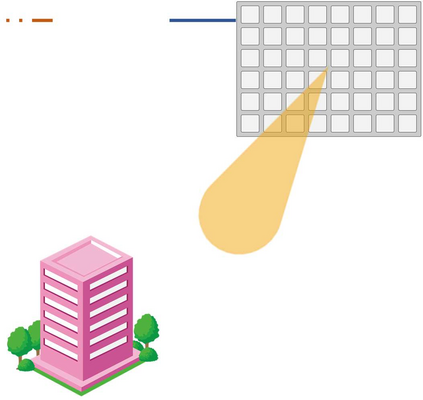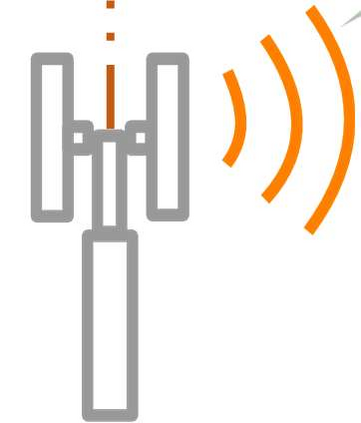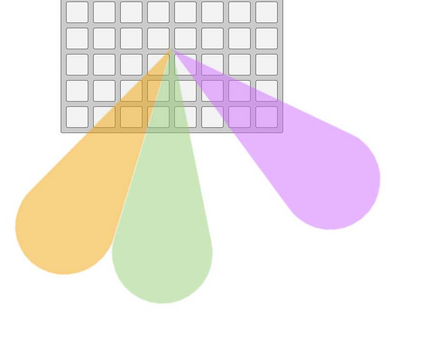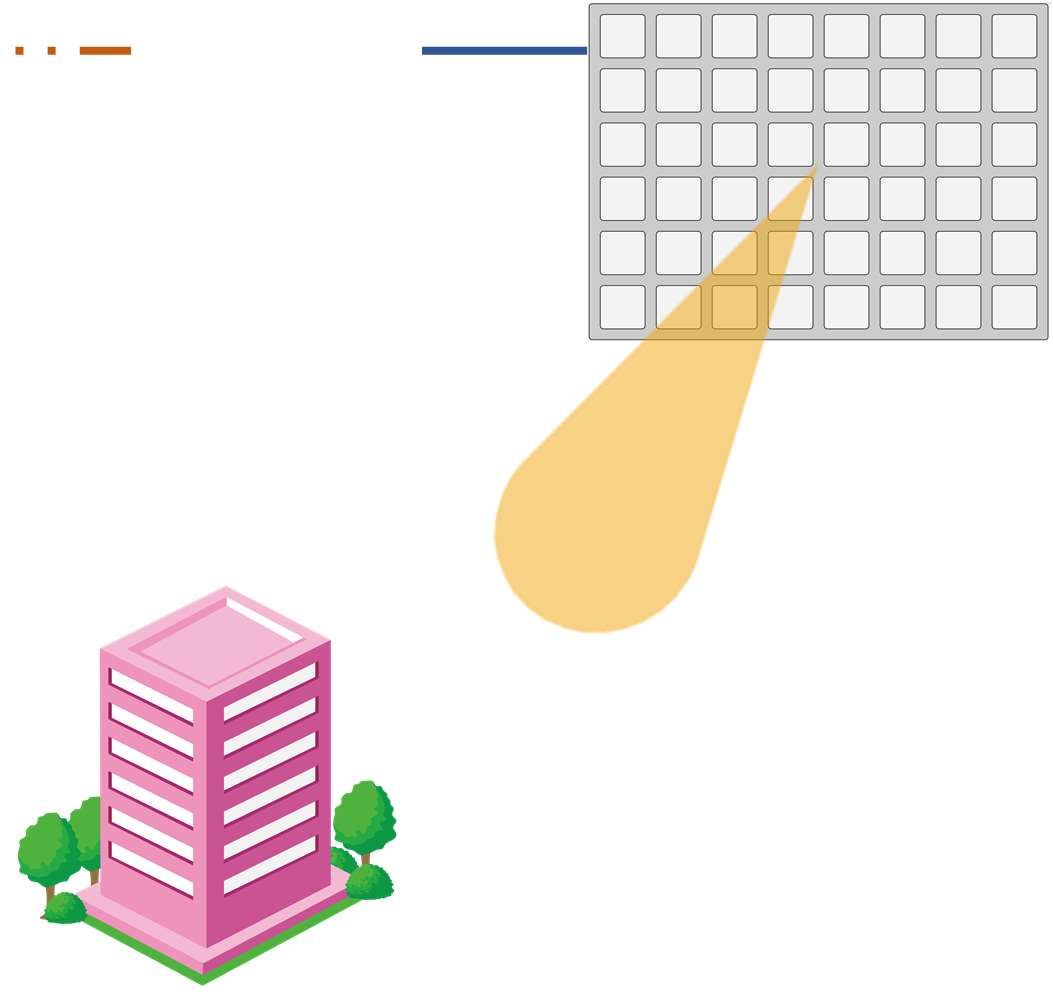Intelligent reflecting surfaces (IRSs) are being studied as possible low-cost energy-efficient alternatives to active relays, with the goal of solving the coverage issues of millimeter wave (mmWave) and terahertz (THz) network deployments. In the literature, these surfaces are often studied by idealizing their characteristics. Notably, it is often assumed that IRSs can tune with arbitrary frequency the phase-shifts induced by their elements, thanks to a wire-like control channel to the next generation node base (gNB). Instead, in this work we investigate an IRS-aided time division multiple access (TDMA) cellular network, where the reconfiguration of the IRS may entail an energy or communication cost, and we aim at limiting the number of reconfigurations over time. We develop a clustering-based heuristic scheduling, which optimizes the system sum-rate subject to a given number of reconfigurations within the TDMA frame. To such end, we first cluster user equipments (UEs) with a similar optimal IRS configuration. Then, we compute an overall IRS cluster configuration, which can be thus kept constant while scheduling the whole UEs cluster. Numerical results show that our approach is effective in supporting IRSs-aided systems with practical constraints, achieving up to 85% of the throughput obtained by an ideal deployment, while providing a 50% reduction in the number of IRS reconfigurations.
翻译:智能反射表面(IRS)正在作为主动继电器(IRS)可能的低成本节能替代物进行研究,研究的目的是解决毫米波(mmWave)和Thahertz(Thz)网络部署的覆盖问题。在文献中,这些表面往往通过使其特征理想化来研究。值得注意的是,人们常常假设IRS能够任意频率地调整由元素元素引发的阶段性转移,这得益于向下一代节点基地(gNB)的类似电路控制频道。相反,在这项工作中,我们调查了IRS援助的时间分区50个多存取(TDMA)蜂窝网络(TDMA),在这种网络中,IRS的重新配置可能需要能源或通信成本,我们的目标是在时间上限制重组的数量。我们开发了一个基于集群的超光速时间列表,根据在TDMA框架内对系统进行一定数量的重组,我们首先将用户设备集中起来,其配置也类似IRS的优化。然后,我们计算了IRS集群组合组合组合组合的总体配置(IRS)50个(TDMA)蜂窝组合组合组合组合组合组合组合配置,从而在持续地显示85的配置中,同时通过整个组合,通过NUUUUUA系统实现整个配置。




















